Physics
Fox
Summary
- The force on an object is a measure of how much it is pushed or pulled.
- The SI unit of force is Newtons:
- Examples of forces:
- A force always happens between two objects.


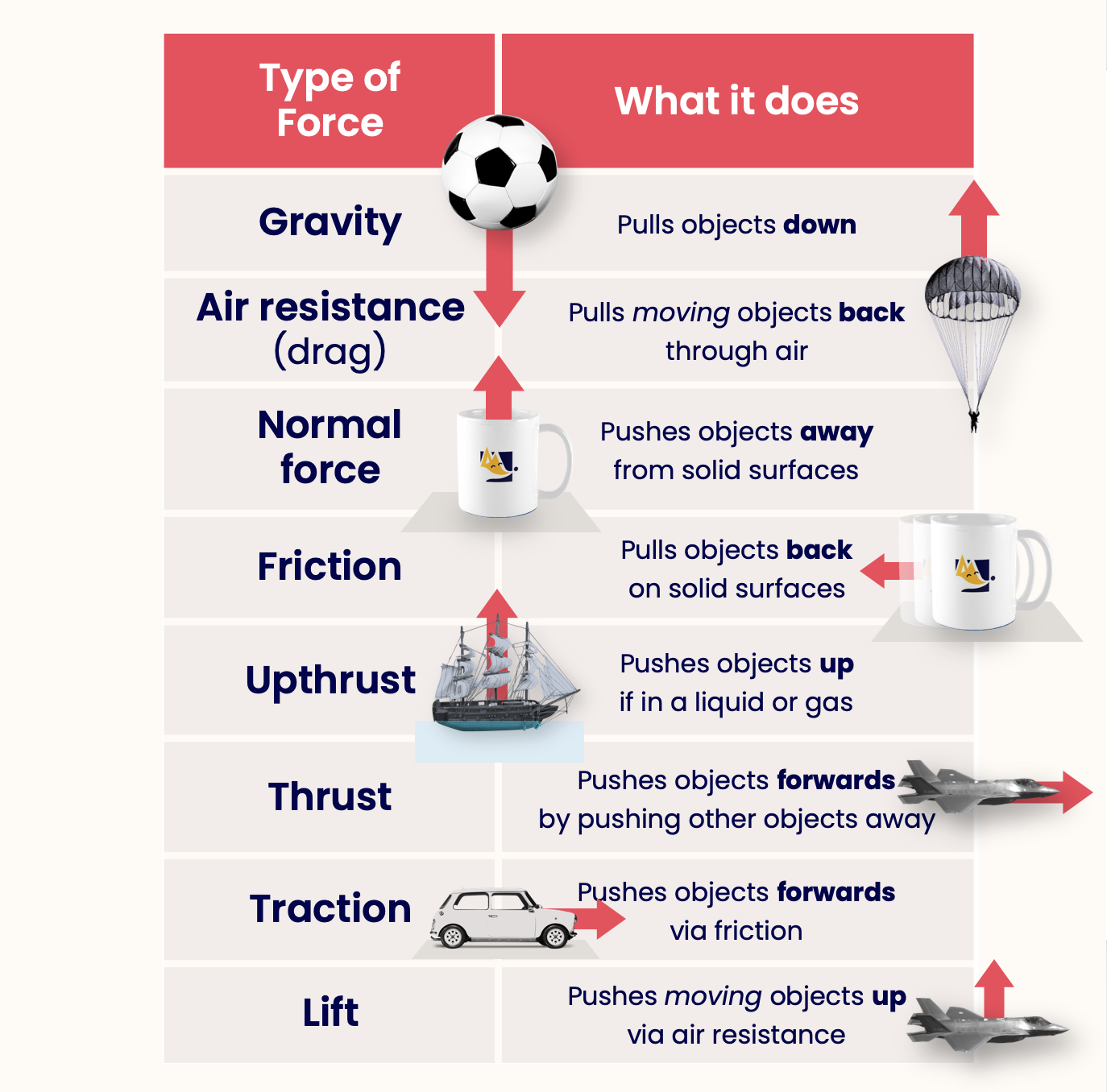
The force on an object is a measure of how much it is pushed or pulled. This might sound a bit vague, but it's genuinely the best way to think about it.
The unit of force is Newtons:


Forces can occur because of many things, not just biceps. Let's have a look at some of them…
Let's explore some examples of forces. What could cause a push or pull on an object?
- Gravity

- Drag (& air resistance)
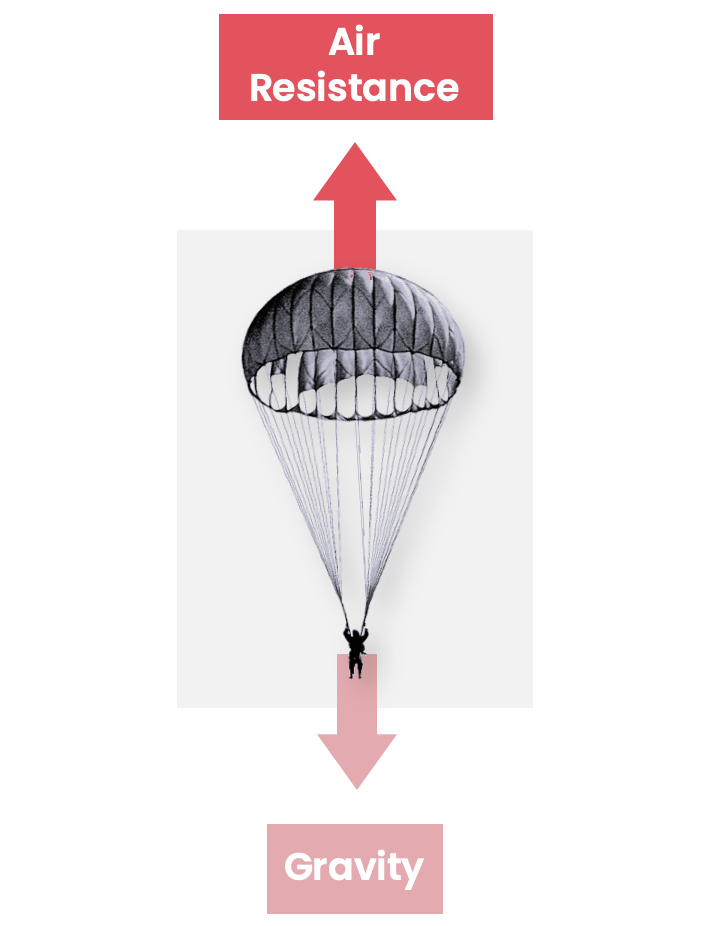
- Normal force
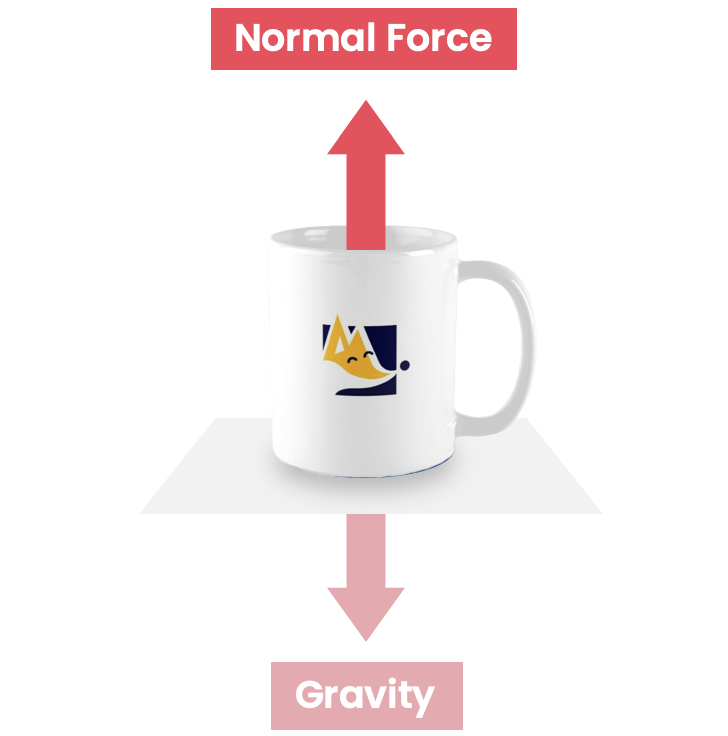
- Friction
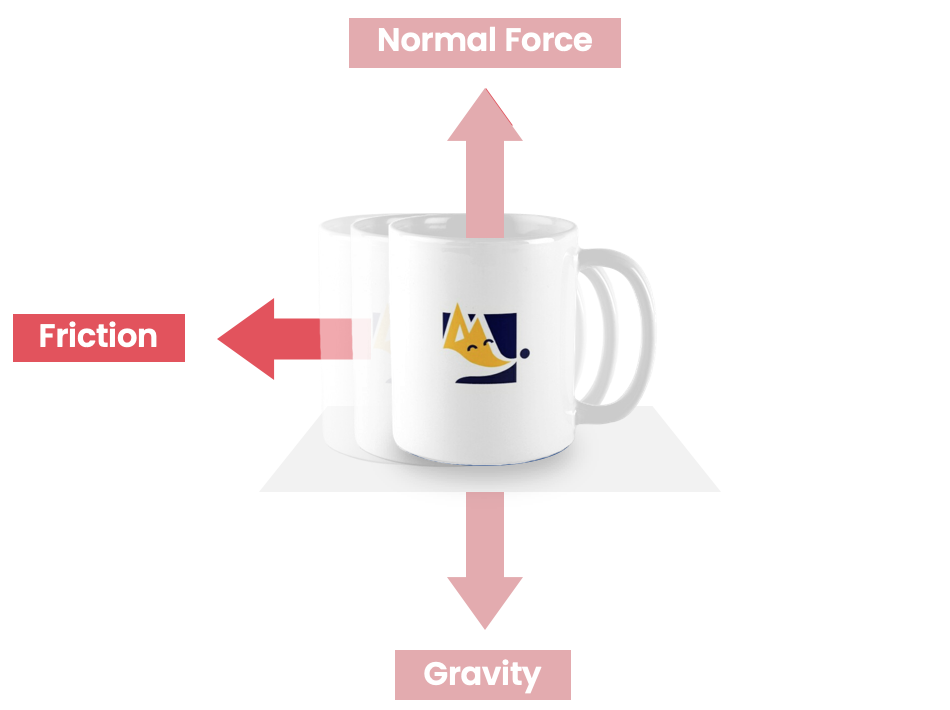
- Upthrust
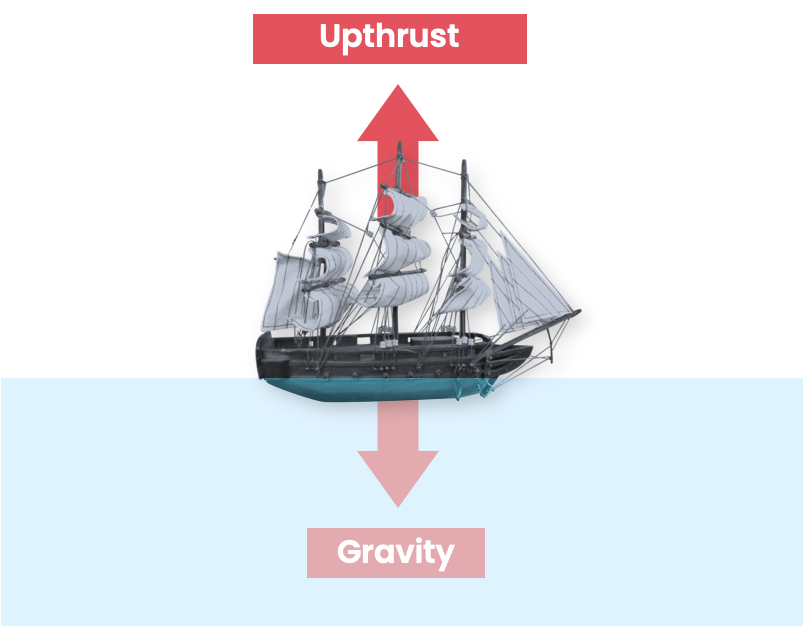
- Thrust


The other objects don't need be bullets of course! A propeller pushes water or air away from an object to generate thrust, as used in boats and planes.
- Traction
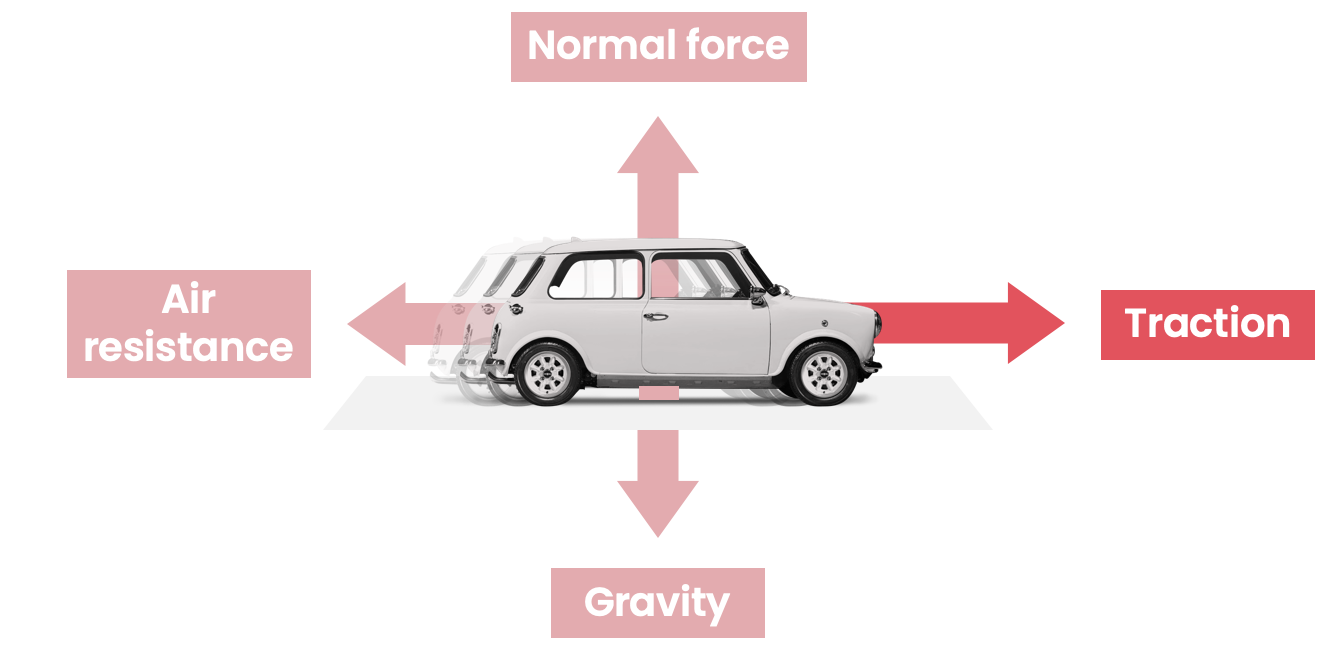

It is actually the friction between car tyres and the road that pushes the car forwards. This is called traction.
Note that this means friction isn't what pushes cars back; this is purely due to air resistance. - Lift

- Elastic force

- Electric force
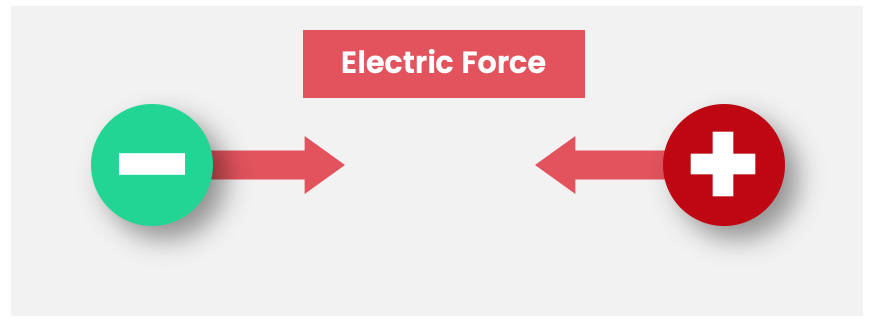
- Magnetic force

In many works of science fiction there are additional forces to the ones we have in the real world. The most notorious of these is The Force from Star Wars.
There are certain forces which hold a special place in physics, known as the fundamental forces.
Examples of fundamental forces include the gravitational force, the electric force and the magnetic force. The latter two are so important that the next two chapters are all about them!
There are only two more fundamental forces, which describe what happens in the nuclei of atoms (called the strong and weak nuclear forces). These are a bit complicated, so we won't cover them yet.
Every other force (e.g. friction, air resistance, upthrust, normal force) is simply a bi-product of the fundamental forces. That's what makes them fundamental!
Congratulations!
9 of 9 questions completed
+ ⭐️ collected.
Sign up (for free!) to:
• save your progress 📊
• create constellations✨
• customise your fox! 🦊







